In 18th century Africa, braid patterns and hairstyles were an indication of a person’s tribe, age, marital status, wealth, power, and religion, the cultural significance of the mane superseding a fashion statement.
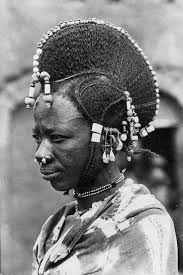
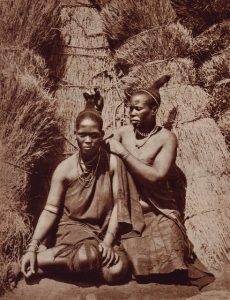
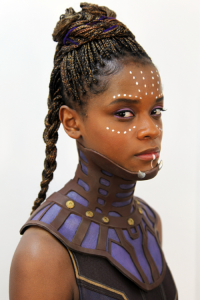

The Afro, heavily adapted by black women activists involved in the Black Panther Party, symbolized Black strength and acceptance of natural beauty. However, during a time of racial tension in the country where the elite worked to suppress this liberation, it became a target for its disruptiveness.
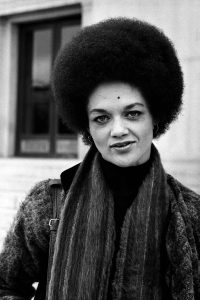

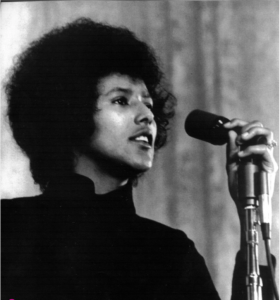
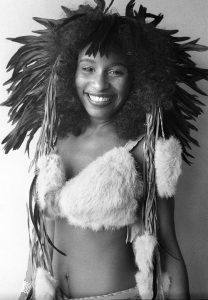
[left to right: Kathleen Cleaver, Fredricka Newton, Elaine Brown, Chaka Khan]
Lorna Simpson’s artistic recreations completely reject the notion that black hair should be tamed and contained, playing into Monae’s desire to dictate our own narratives, an Afro-futurist ideal.
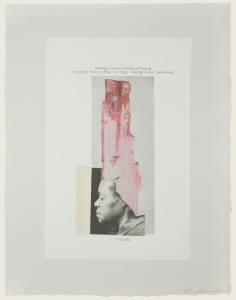 [Lorna Simpson, Earth & Sky Collection, 2016-18.]
[Lorna Simpson, Earth & Sky Collection, 2016-18.]
She combats the lack of depiction of both older black women, and dark-skinned women who fall victim to the disparaging mammy trope. Historically and falsely represented as unattractive and masculine, the model is shown in a new light: alluring, pink associated with delicacy and femininity. Lorna Simpson’s image rises above the stereotypes of the mammy, by adding an element of beauty. Taking up space and defying gravity, black hair is perceived as a member of the cosmos, confirmation of its greatness. The comparison to gems and other precious metals read: though delicate, when under pressure I debut a masterpiece, an otherworldly treasure.